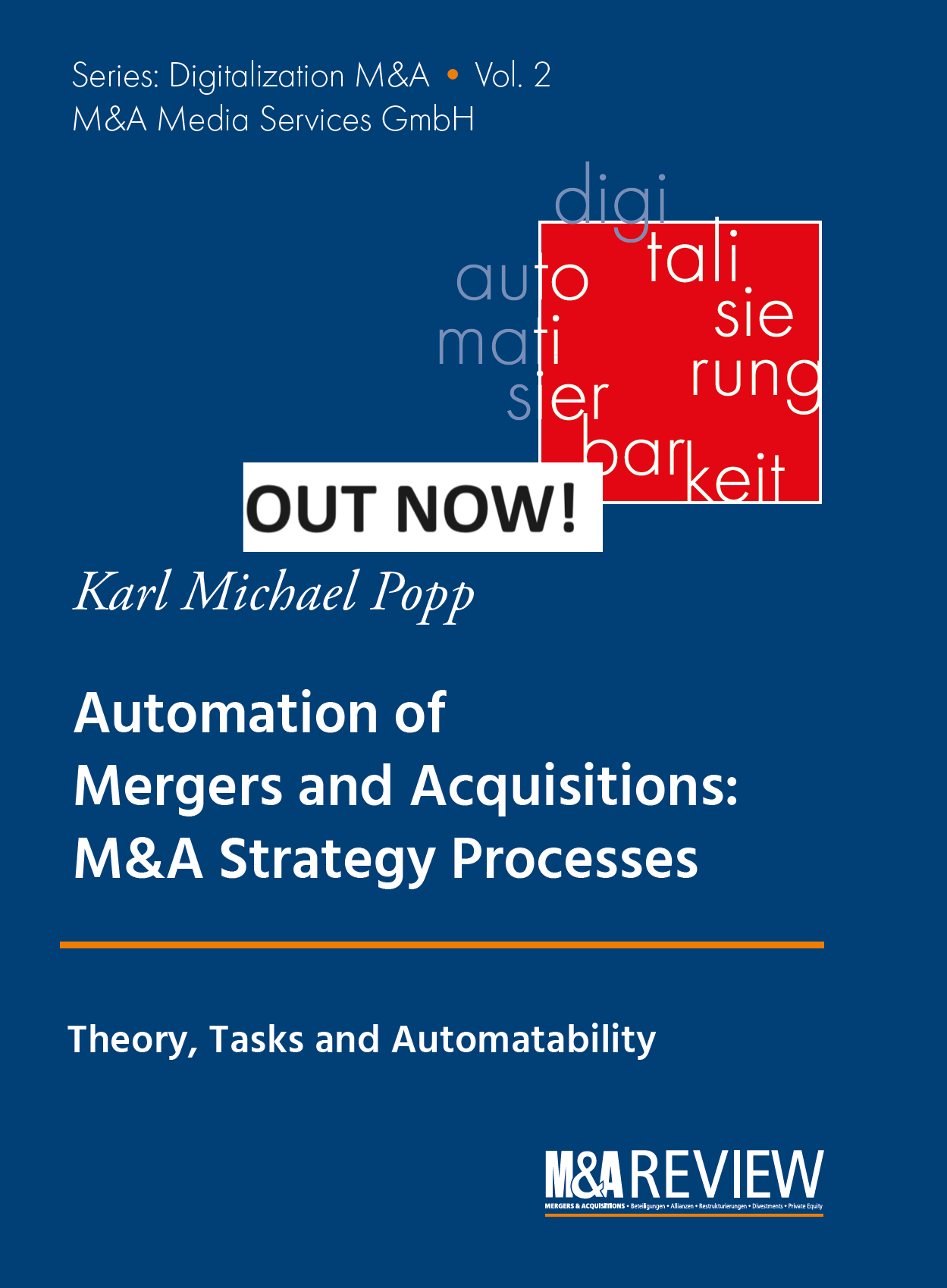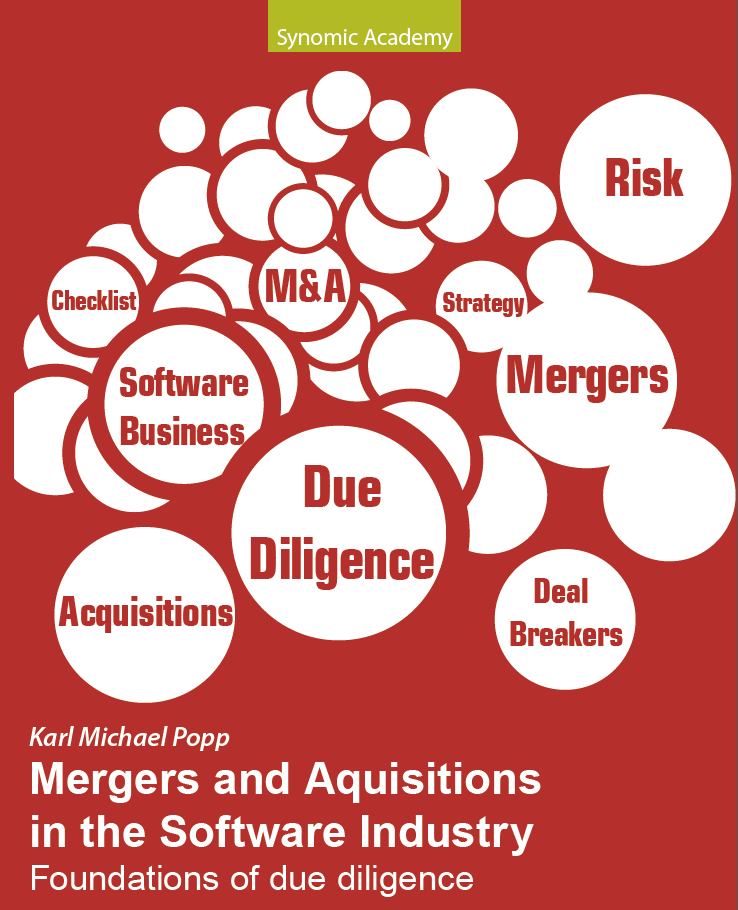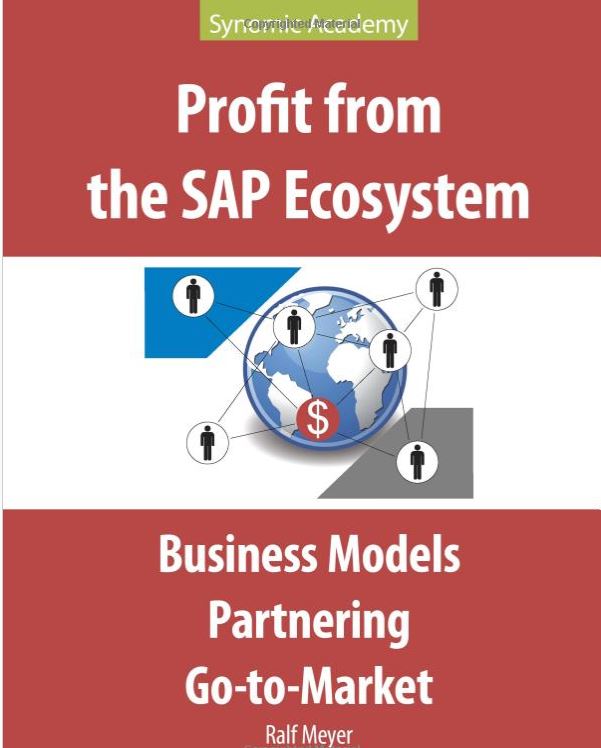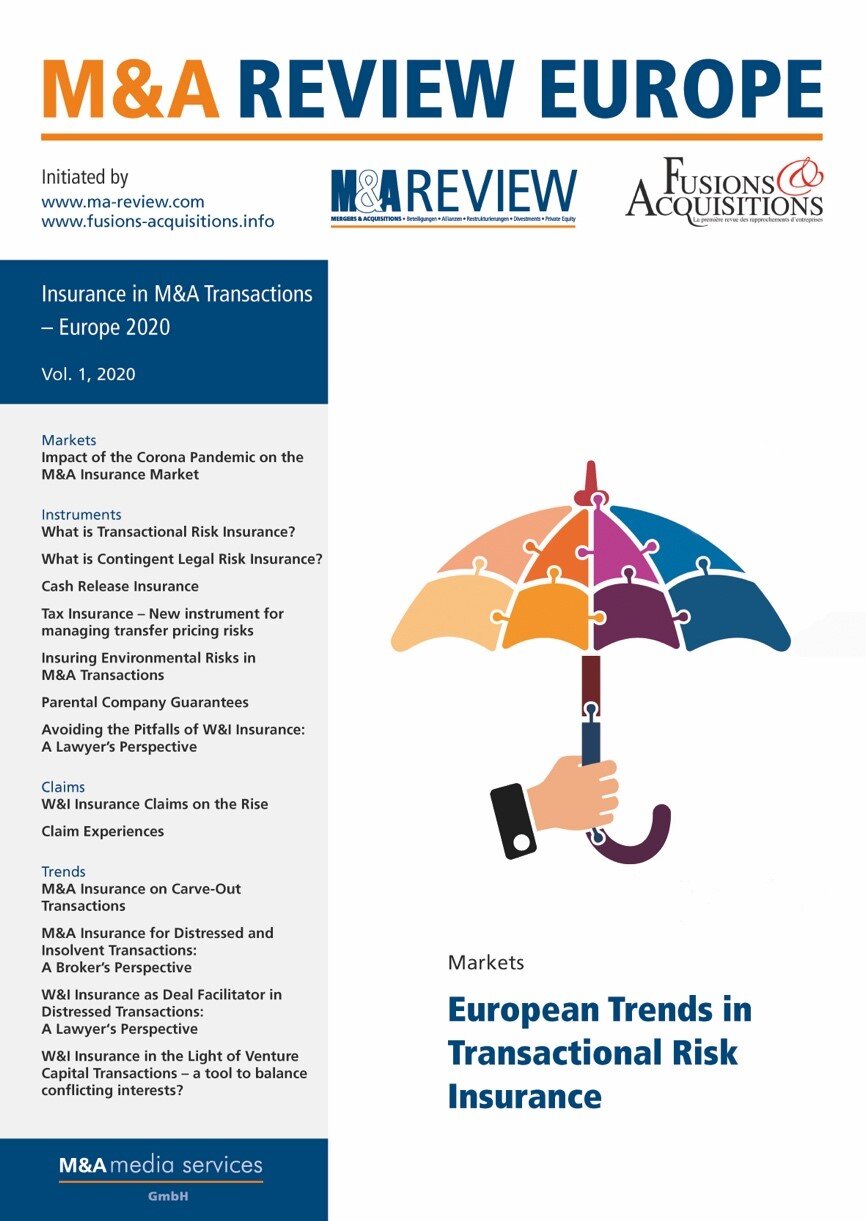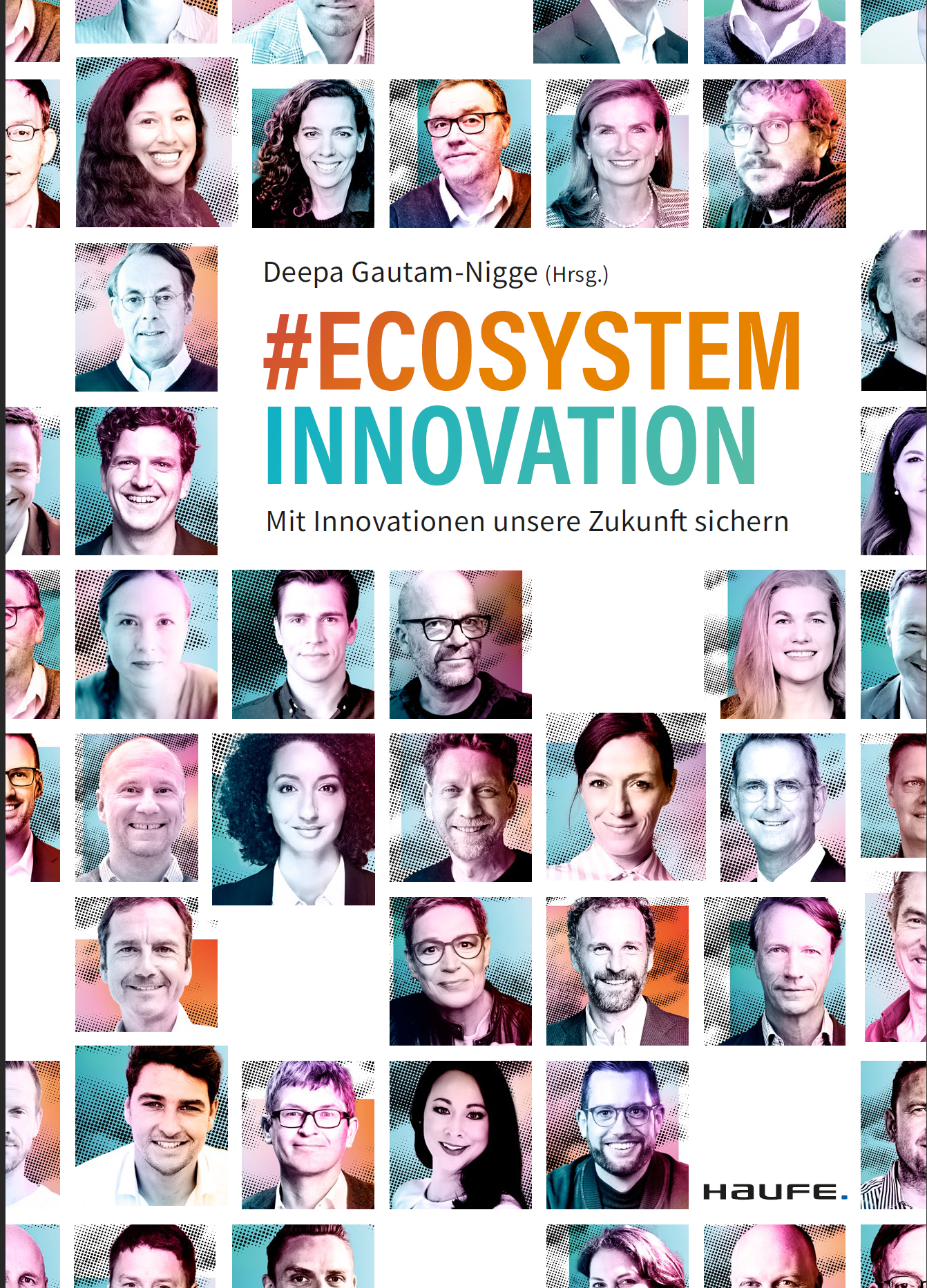M&A Automation: The Task of Due-Diligence of Intellectual Property
To structure and evolve our profession we need a public, formal description of M&A processes. Let´s start here and look at how such a description looks like.
For each task, goals and formal objectives are specified. In addition, a task description and data object types that are required for task execution are specified. Functional goals describe the result of a task at type level. Formal objectives are used to select a result from a set of results.
The task has the following goals:
IP Legal matters: analyzed
Draft IP integration plan: prepared
The task has the following formal objectives:
Risk: minimized
Quality: maximized
Information asymmetry: minimized
Task description:
In a holistic IP due diligence, the IP portfolio, the target's relationships to all IP sources and the different types of current and future use of intellectual property are examined. For all existing and future uses of all target products and services, all intellectual property rights and obligations, subsidiary measures, related fees and payments, compliance processes, potential and existing litigation and violations related to the target and its products and services must be identified. All of these should be reviewed and evaluated to ensure that the Target owns the intellectual property to be sold and the rights to use the intellectual property of third parties and that the existing and future uses of the intellectual property are consistent with the IP rights of the Target. In the software industry, the focus is usually on intellectual property and technical due diligence of the software products with regard to e.g. the architecture and quality features of the software products as well as the cloud service providers and web services used. The open source components and third-party products used in the product are also analyzed.
Questionnaire
The task is performed with the following questions:
Has the software vendor taken sufficient measures to ensure that the work results of employees and service providers are IP of the target?
Which patents, trademarks, copyrights, title protection and ancillary measures exist and have been taken by the software provider?
What IPR clauses exist in customer contracts and cooperation agreements to ensure that none of the target company's IPRs or trade secrets are "lost"?
Which intellectual property of third parties (e.g. open source software) was and is used by the target and does the target have the corresponding rights of use?
Is it ensured for each supplier relationship that the Target has sufficient rights to use third party intellectual property rights that correspond to the existing and future forms of use intended by the buyer?
The task works on the following data object types:
Draft IP Integration Plan, Intellectual Property, Trademark, Brand, Trademark Authority, Trademark and Brand Authority, Legal Aspect of a Brand or Trademark, IP License Agreement, Legal Aspect of an IP Licensing Agreement, Partner Licensing Agreement, Legal Aspect of the Partner License Agreement, Legal Aspect of the Patent License, Foreign Patent, Patent License, IP Assignments of the Target, Patent, Patent Authority
This is an excerpt of my new book “Automation of Mergers and Acquisitions“.
CLICK OR SCAN THE QR CODE TO ORDER THE BOOK





